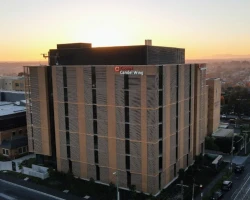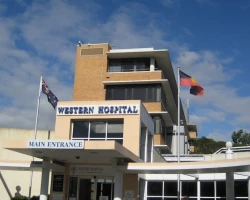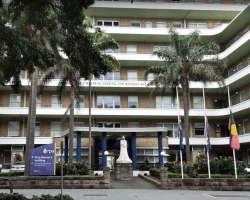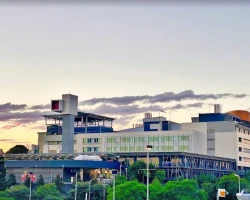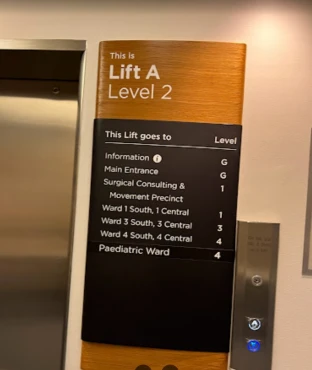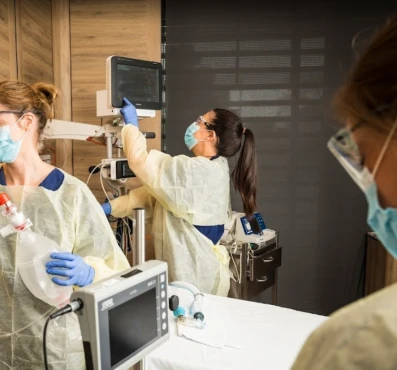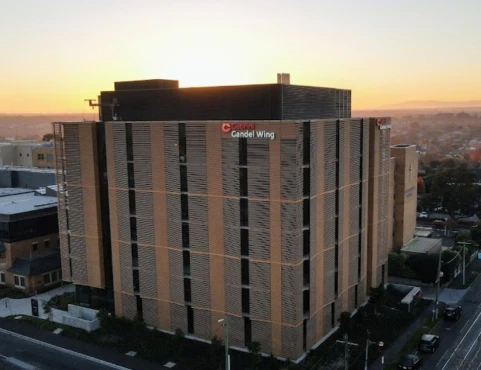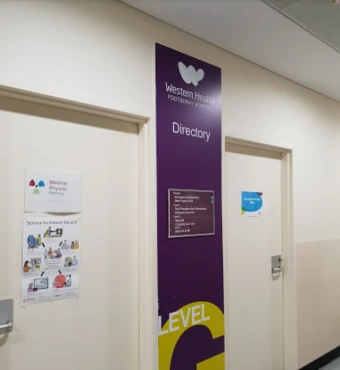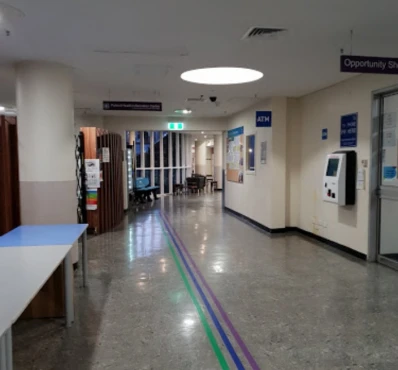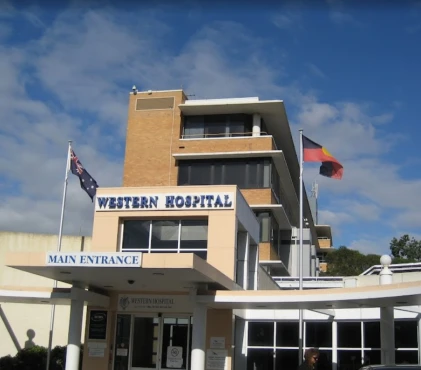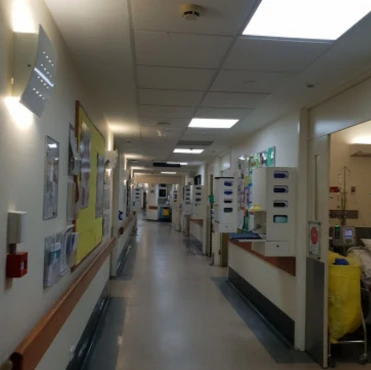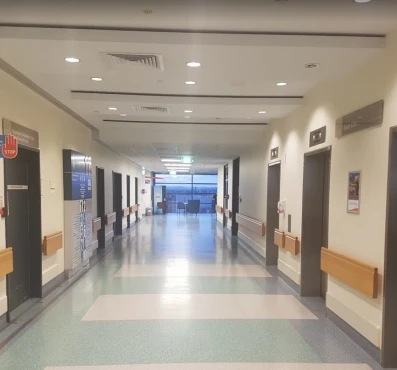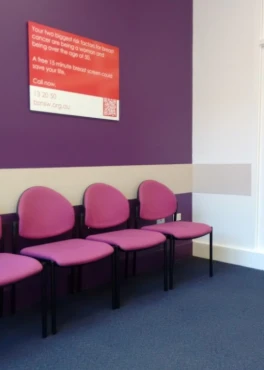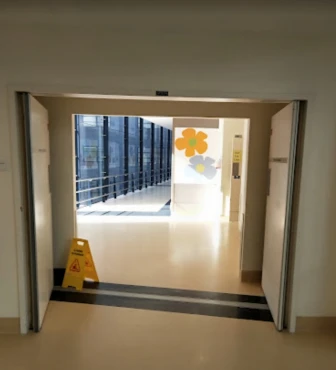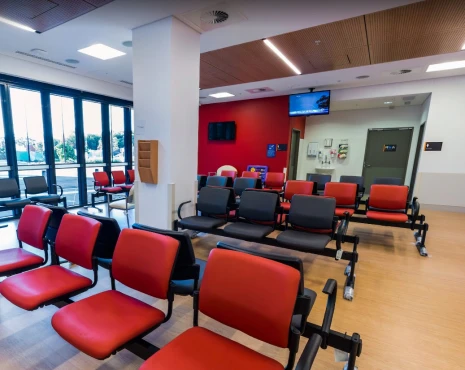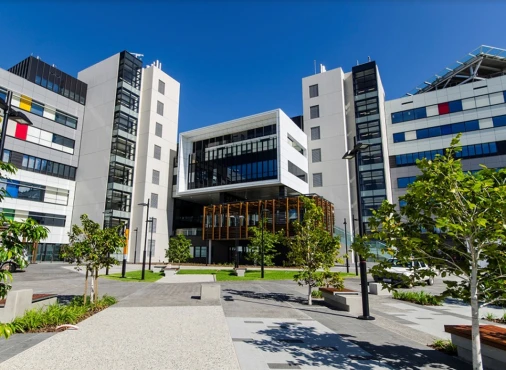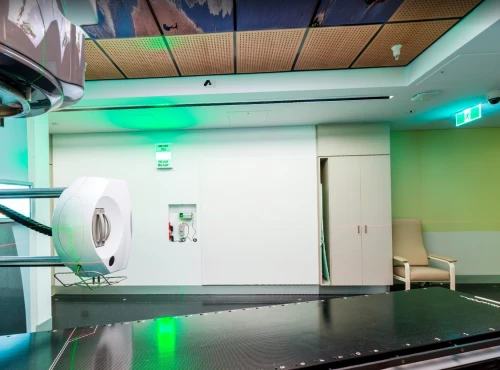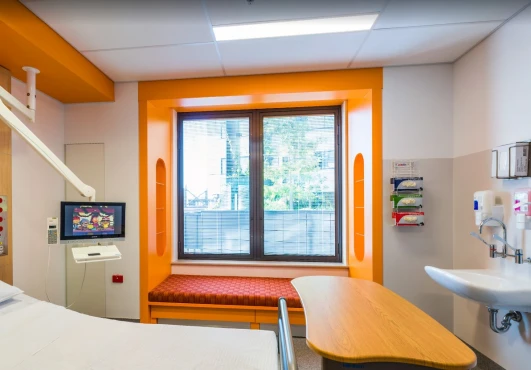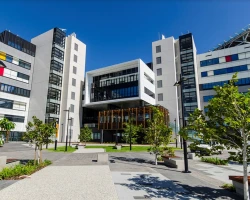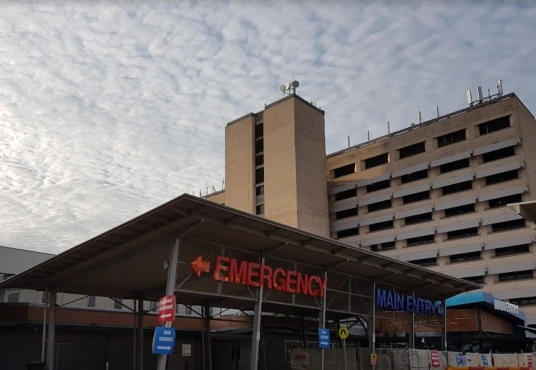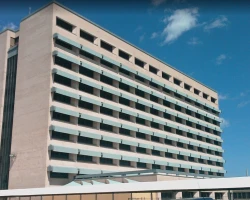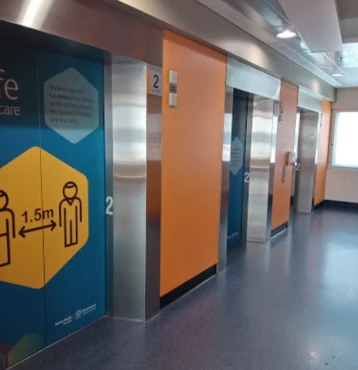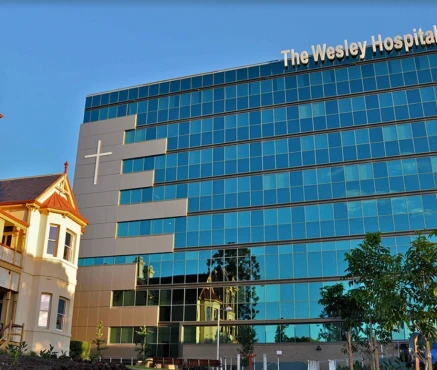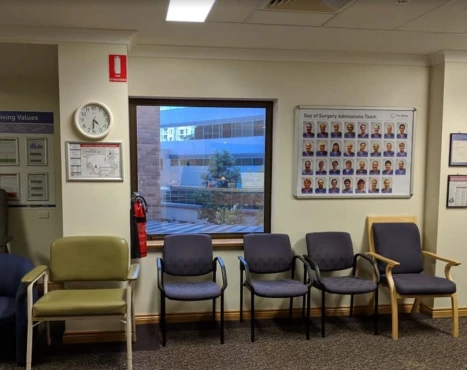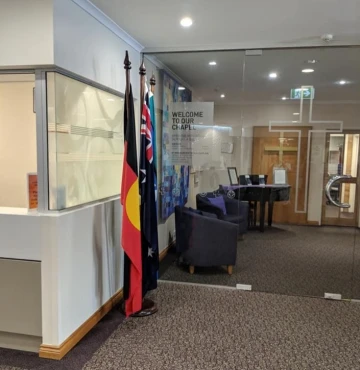from Stuart W
November 28, 2023
Presented with chest/breathing problems. Directed to station to give all admin details and make payment.
All very streamlined, then waited and was taken to a isolation room.
They apparentley should not have sent me to waiting room as l am highly infectious.
When in room lost all cell and wifi. Asked many staff none had any idea of hospital wifi codes.
6 hours later at desk again to make outstanding payment. I mentioned that maybe it was a admin role that they tell people how to access hospital wifi as this was an ideal momment. They certainly were able to take money and l signed for my insurance.
The slim older woman wirh blond grey hair let me know very aggresively that it was not her job. While at the far end of the counter was a business card with wifi details.....
Just appaling her lack of care. Surely patients maintaing contact with family, matters as the hospital phone also did not work in room, however she could not care less and let me know that.
The rest of the staff are amazing.
After tests l have Influenza A.
from Tayla Richards
November 09, 2023
Currently staying over night & I’m blown away by the staff. They were all very attentive & reassured me before, after and during. Was laughing through my whole experience which has never happened before! Lovely people who do an amazing job.
from Kevin Ke
October 05, 2023
If there is 0 star, I will give it to Cabrini.
Back in early Jan 2023, I was referred by my GP to Cabrini to receive intravenous antibiotics due to swelling in my foot. The reception in the ED asked me to complete a form, provided my Medicare and Medibank information, and I paid $485. At that time, I inquired about any additional out-of-pocket expenses as I was covered by private insurance, and I was clearly told there would be none.
I was then placed on a bed in a ward. A doctor examined my foot and, after assessing it, decided not to administer IV antibiotics and no treatment is required, but asked me to take an ultrasound test on my foot. Since there will be no treatment plus I had several meetings that day, I specifically asked whether I could return home first and had the test later if still needed. The doctor told me he would inform me of the expected waiting time; if it was lengthy, I could leave and have the tests done at my GP, but if it was short, I could have them done at the hospital. Later, he informed me that the test could be done quickly, so I proceeded with it at the hospital. It took me more than 6 hours to finish the test and wait for result. In the end I was discharged without any treatment. During the checkout process, I once again inquired at the front desk whether there were any additional out-of-pocket expenses beyond the $485 I had already paid, and I was told there were none.
A few weeks later, I received the test invoice, after discussing the matter with Cabrini accounting team, I was informed that I had never actually been admitted to the hospital. Does Cabrini expect an ordinary consumer to identify the difference between an outpatient ward and an admission ward? Not to mention I was informed by your staff there will be no additional out-of-pocket expense, plus no treatment at all, totally misleading!!!
Even worse, after I raised a compliant to CRM Cabrini, received feedback telling me the invoice will be put on hold until review is done. Since then, no one from Cabrini has communicated with me. Last week, I got a letter from collector chasing payment, what an arrogant and disgraceful act!
Stay away from Cabrini!
